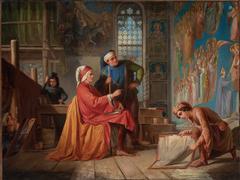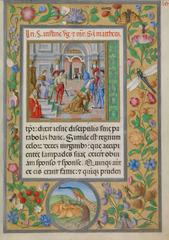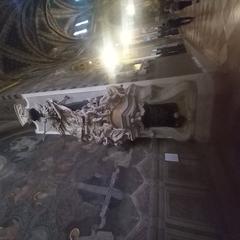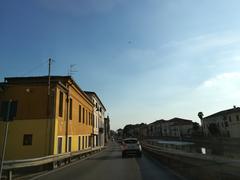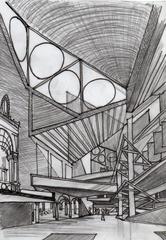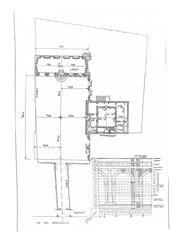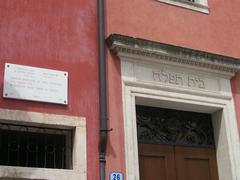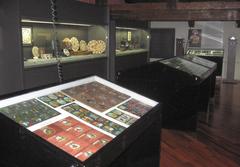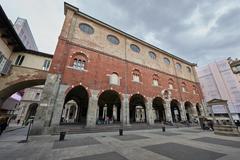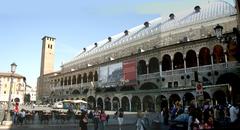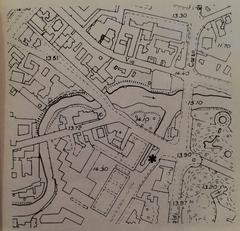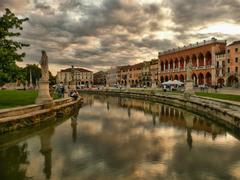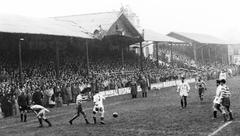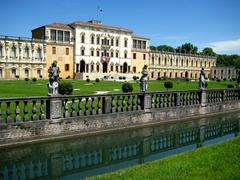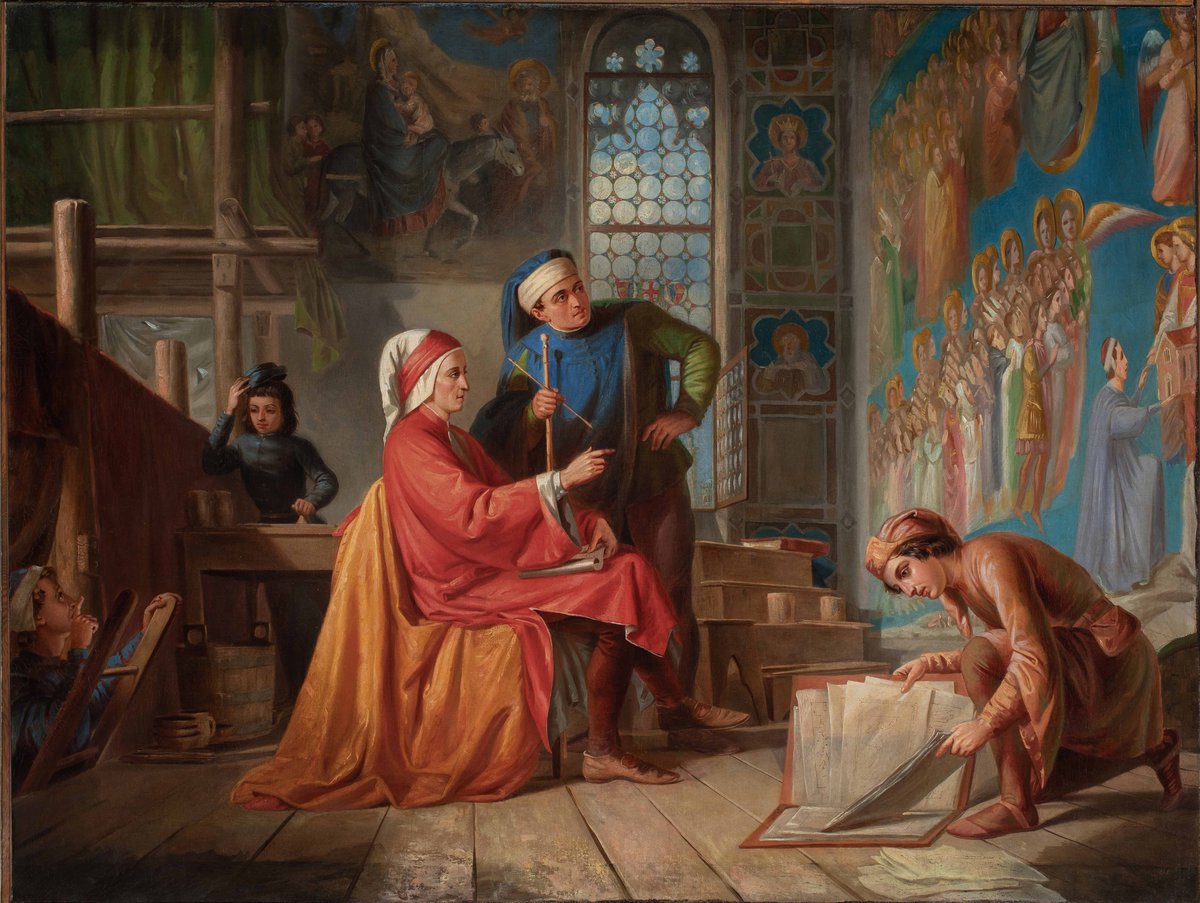
Visiting Hours, Tickets, and Historical Insights of Scrovegni Chapel, Padua
Published Date: 16/08/2024
Introduction to Scrovegni Chapel
The Scrovegni Chapel, also known as the Arena Chapel, is a renowned masterpiece of medieval art located in Padua, Italy. This historic site is famous for its exquisite frescoes by Giotto di Bondone, which are heralded as pivotal works marking the transition towards the Renaissance. Commissioned by Enrico Scrovegni in the early 14th century, the chapel serves as both a private family oratory and a funerary monument. Visitors to the Scrovegni Chapel are treated to an immersive experience that showcases the artistic revolution of the early 1300s, characterized by Giotto’s innovative use of perspective, emotional depth, and realistic human figures. This guide provides a comprehensive overview of the chapel’s rich history, visitor information, and practical tips to enhance your visit. From booking tickets to exploring nearby attractions, this guide aims to equip you with all the essential knowledge for a memorable trip to this iconic site. For more detailed information on the Scrovegni Chapel, visit Wikipedia and Britannica.
Table of Contents
- Introduction
- History of the Scrovegni Chapel
- Visitor Information
- Additional Tips
- FAQ
- Conclusion
- Call to Action
History of the Scrovegni Chapel
Commission and Construction
Commissioned by Enrico Scrovegni, a wealthy Paduan banker, in the early 14th century, the Scrovegni Chapel was built on land purchased from Manfredo Dalesmanini, originally the site of a Roman amphitheater. The chapel was intended as a private family oratory and a funerary monument for Enrico and his wife (Wikipedia).
Motivations Behind the Commission
Enrico’s motivations for building the chapel were multifaceted. As the son of Reginaldo Scrovegni, a notorious usurer condemned to hell in Dante’s “Divine Comedy,” Enrico aimed to atone for his father’s sins and secure his family’s salvation (Wikipedia).
Historical Importance
The Scrovegni Chapel, commissioned by Enrico Scrovegni in 1303, is a stunning example of early 14th-century art and architecture. Completed by 1305, the chapel features frescoes by the renowned artist Giotto di Bondone, which are considered pivotal works of pre-Renaissance art. These frescoes mark a significant shift towards naturalism and humanism in European painting (Britannica).
Artistic Significance
Giotto’s frescoes in the chapel are celebrated for their innovative use of perspective, emotional depth, and realistic human figures. The cycle covers the lives of the Virgin Mary and Christ, culminating in the Last Judgment. Giotto’s work is often cited as a precursor to the Renaissance, influencing artists such as Michelangelo and Raphael (Khan Academy).
Religious Significance
Dedicated to the Annunciation and the Virgin Mary, the chapel’s frescoes serve as a visual narrative of Christian salvation, emphasizing themes of redemption and divine grace. The Last Judgment fresco, covering the entire west wall, depicts the final judgment of souls with Christ as the central figure, inspiring piety and reflection among viewers (Metropolitan Museum of Art).
Visitor Information
Tickets and Visiting Hours
To visit the Scrovegni Chapel, it’s essential to book tickets in advance due to high demand. Tickets can be purchased online or at the Padua tourist office. The chapel is open daily with specific visiting hours, so check the official website for the most up-to-date information on opening hours and ticket prices (Scrovegni Chapel Official Website).
How to Get There
The chapel is located in Padua, easily accessible by train from major Italian cities like Venice and Milan. Once in Padua, the chapel is a short walk from the city’s main train station. Public transportation and taxis are also available for convenience (Scrovegni Chapel Official Website).
Guided Tours and Educational Programs
Consider joining a guided tour to gain deeper insights into the chapel’s history and significance. Educational programs are also available, offering in-depth knowledge about the frescoes and the artist Giotto (Scrovegni Chapel Official Website).
Nearby Attractions
While in Padua, explore other historical sites such as the Basilica of Saint Anthony and the Prato della Valle, one of the largest squares in Europe. These nearby attractions add to the cultural richness of your visit (Select Italy).
Accessibility
The Scrovegni Chapel is accessible to visitors with disabilities. However, it is advisable to contact the chapel in advance to make any necessary arrangements. The contact center is available from Monday to Friday from 9:00 a.m. to 7:00 p.m., and on Saturdays from 9:00 a.m. to 6:00 p.m., excluding holidays (Scrovegni Chapel Official Website).
Photography and Conduct
Photography inside the Scrovegni Chapel is strictly prohibited to preserve the delicate frescoes. Visitors are also expected to maintain a respectful silence and refrain from touching the artworks. The chapel is a place of historical and cultural significance, and appropriate behavior is required at all times (Scrovegni Chapel Official Website).
Climate Control
The Scrovegni Chapel is equipped with a climate control system to protect the frescoes. Visitors will spend a few minutes in a climate-controlled waiting room before entering the chapel to ensure that the internal environment remains stable. This process helps to minimize the impact of external weather conditions on the delicate artworks (Select Italy).
Duration of Visit
Each visit to the Scrovegni Chapel lasts approximately 15 minutes. This limited time is strictly enforced to protect the frescoes from prolonged exposure to humidity and temperature changes caused by large numbers of visitors. It is recommended to plan your visit accordingly and make the most of the time inside the chapel (Scrovegni Chapel Official Website).
Additional Tips
- Arrive Early: To avoid any last-minute rush, arrive at least 45 minutes before your scheduled visit time.
- Dress Appropriately: As the chapel is a place of worship, modest clothing is recommended.
- Plan Ahead: Combine your visit to the Scrovegni Chapel with other nearby attractions to make the most of your trip to Padua.
- Stay Informed: Check the official website for any updates on opening hours, ticket prices, and special events (Scrovegni Chapel Official Website).
FAQ
- How long does a visit to the Scrovegni Chapel last? Each visit lasts approximately 15 minutes.
- Is photography allowed inside the chapel? No, photography is strictly prohibited to protect the frescoes.
- Are there guided tours available? Yes, there are multimedia resources and virtual guided tours available.
- Is the chapel accessible to visitors with disabilities? Yes, but it is advisable to contact the chapel in advance to make necessary arrangements.
Conclusion
The Scrovegni Chapel stands as a monumental achievement in art and architecture. Its historical, artistic, and religious significance, combined with its educational value and visitor-friendly amenities, make it a must-visit destination in Padua. Plan your visit today to experience this masterpiece firsthand.
Call to Action
For more travel tips and updates on historical sites, download our mobile app Audiala, check out other related posts, and follow us on social media.
References and Further Reading
- Scrovegni Chapel, 2024, Wikipedia https://en.wikipedia.org/wiki/Scrovegni_Chapel
- Arena Chapel, 2024, Britannica https://www.britannica.com/topic/Arena-Chapel
- Giotto’s Arena Chapel, 2024, Khan Academy https://www.khanacademy.org/humanities/renaissance-reformation/late-gothic-italy/a/giotto-arena-chapel
- Scrovegni Chapel Official Website, 2024 https://www.cappelladegliscrovegni.it/index.php/en/
- Seven Reasons to Visit the Scrovegni Chapel in Padua, 2024, Select Italy https://selectitaly.com/blog/museums-art/seven-reasons-to-visit-the-scrovegni-chapel-in-padua/
- The Virtues and Vices in Giotto’s Arena Chapel, 2024, The Metropolitan Museum of Art https://www.metmuseum.org/toah/hd/virt/hd_virt.htm
